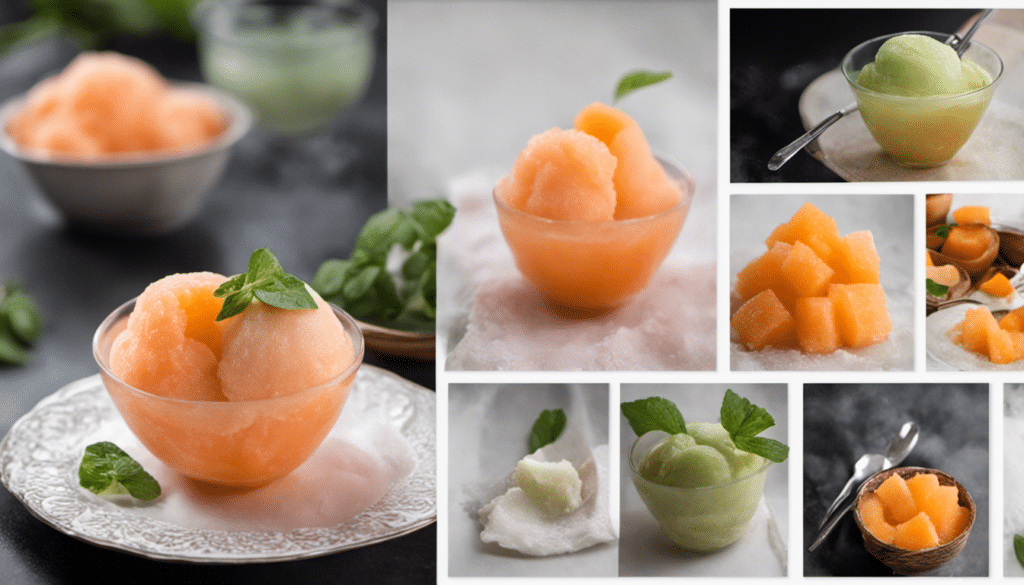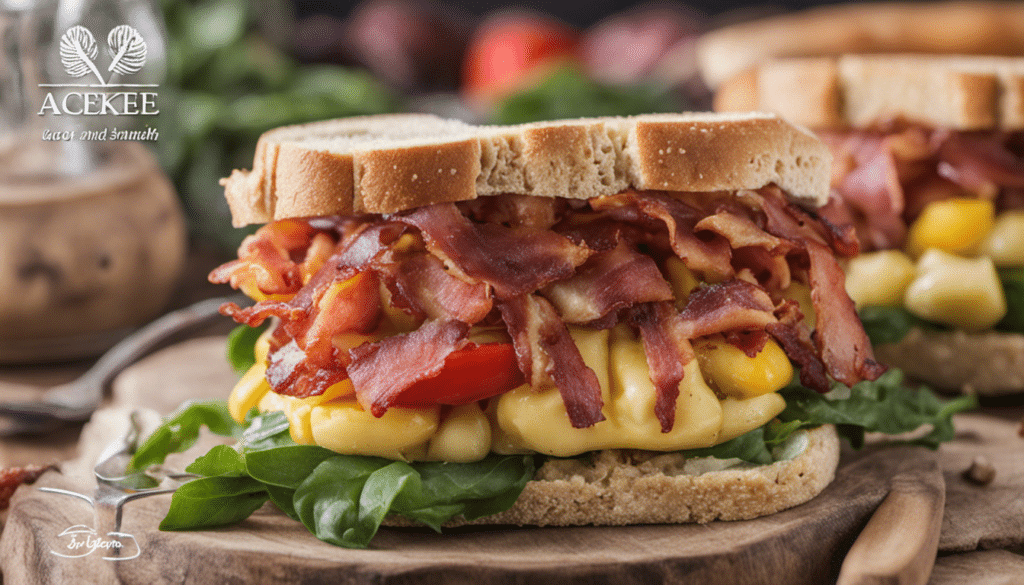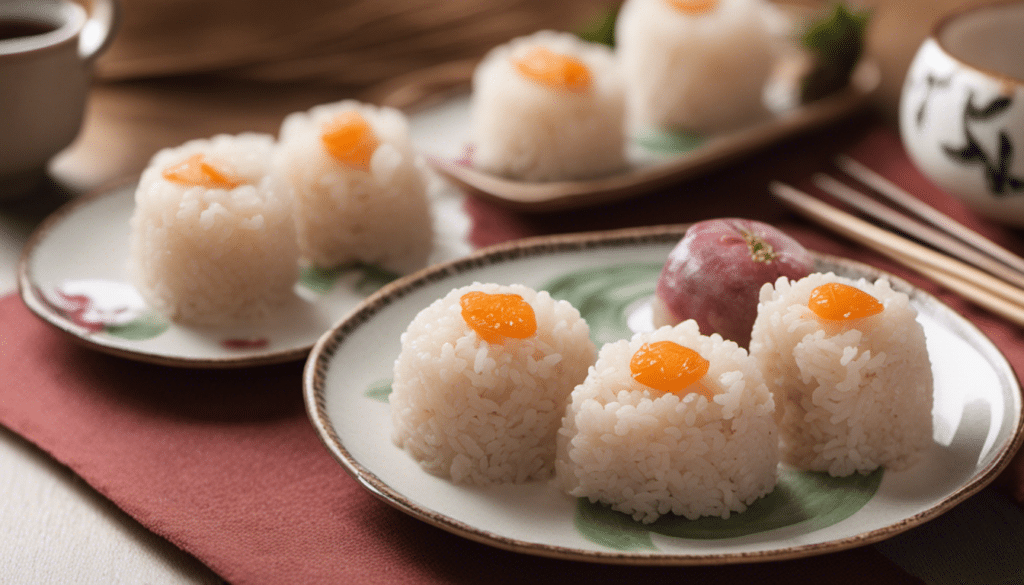| Prep: 2 hours | Cook: 4 weeks | Difficulty: Intermediate | Serves: 6 |
As being someone who grew up around the wholesome scents of nature and the outdoors, I always find myself yearning for recipes that harken back to my roots. Few recipes encapsulate this better than the Mulberry Wine. It’s a simple fruit-forward recipe, thick with the flavours of summer yet subtle enough to be enjoyed all year round. The recipe seems to distill the very essence of sun-kissed mulberries into a glass, leaving you with a drink that is both nostalgic and audacious. You can check out the lovely image of this recipe here.
A Mountain Man’s Fruit Elixir
Living in the Rockies, I’ve learned a thing or two about hearty, robust cooking. Most of the time, it’s about infusing the rugged simplicity of the outdoors into each dish. That being said, the Mulberry Wine recipe steps slightly outside of my wheelhouse. It replaces the robust wild game or trout dish I usually go for, with a kaleidoscope of fruity nuances. Bringing to mind the wild mulberry trees that grow abundant in the foothills of my Colorado home, this wine is a jubilant celebration of summer.
The Perfect Pairing
Seemingly sweeter due to the golden raisins and the white granulated sugar, it pairs consummately with a spicy meat or game dish. The sweet and spicy conjunction creates a palate-pleasing dichotomy that leaves you yearning for the next bite, the next sip. My partner Gordon and I often enjoy this wine alongside our favourite Venison Steak. The robust flavors of the meat, coupled with the sweet notes of the wine, create an unmatched dining experience.
Health Benefits
Besides being incredibly rich in taste, Mulberry Wine also comes packed with several health benefits. Resveratrol, a potent antioxidant found in most wines, is known to benefit the heart. It lowers bad cholesterol, protects the blood vessels and prevents blood clots. Not to mention, the mulberries themselves are a great source of vitamins and minerals. It’s not just about indulging your taste-buds, but also nourishing your body.
In conclusion, this recipe for Mulberry Wine is more than a mere drink to me, it is a trip down nostalgia lane, a path that merges the unassuming beauty of my Rocky Mountain home with the nuanced charms of a homemade, fruit based wine. I encourage you to embark on this delightful culinary journey. Enjoy!
What You’ll Need
- 8 lbs fresh Mulberries
- 2 lbs white granulated Sugar
- 1 gallon distilled Water
- 1 lb golden Raisins
- 1 packet Wine yeast
- 1 Campden tablet
- 1 tsp yeast nutrient
- 1 tsp pectic enzyme
- 1 tsp acid blend
Method
Step One
Start by rinsing the mulberries carefully to get rid of any dirt or bugs. Remove the stems and leaves, if there are any. Be sure to use only the ripe mulberries for making the wine as unripe ones can make the wine bitter.
Step Two
Put the simmered mulberries in a fermentation vessel, add your crushed Campden tablet and leave the mixture covered for about 24 hours. This ensures that any potentially harmful bacteria are killed off by the Campden tablet.
Step Three
In a large pot, bring the gallon of distilled water to a boil. Add the sugar and stir until it is completely dissolved. Ensure this syrup content is cooled to room temperature.
Step Four
After 24 hours, add the cooled sugar water, raisins, yeast nutrient, pectic enzyme, and acid blend to the mulberries in the fermentation vessel. Stir thoroughly to ensure everything mixes well.
Step Five
Add the packet of wine yeast to the mixture. You do this by sprinkling it over the top of the mixture and then stirring it in.
Step Six
Cover the fermentation vessel, place it in a cool and dark location and let it ferment. Stir the mixture daily for the first week, and then let it sit undisturbed for about three weeks.
Step Seven
After about a month, siphon the wine off the sediment into a clean secondary fermentor. You want to be as careful as possible not to disturb the sediment at the bottom. Allow it to ferment in this new vessel for at least 3 months before bottling.
Step Eight
After the secondary fermentation is complete, you can now bottle your homemade mulberry wine. Leave it to age in the bottles for as long as you can resist drinking it. It gets better with time!



